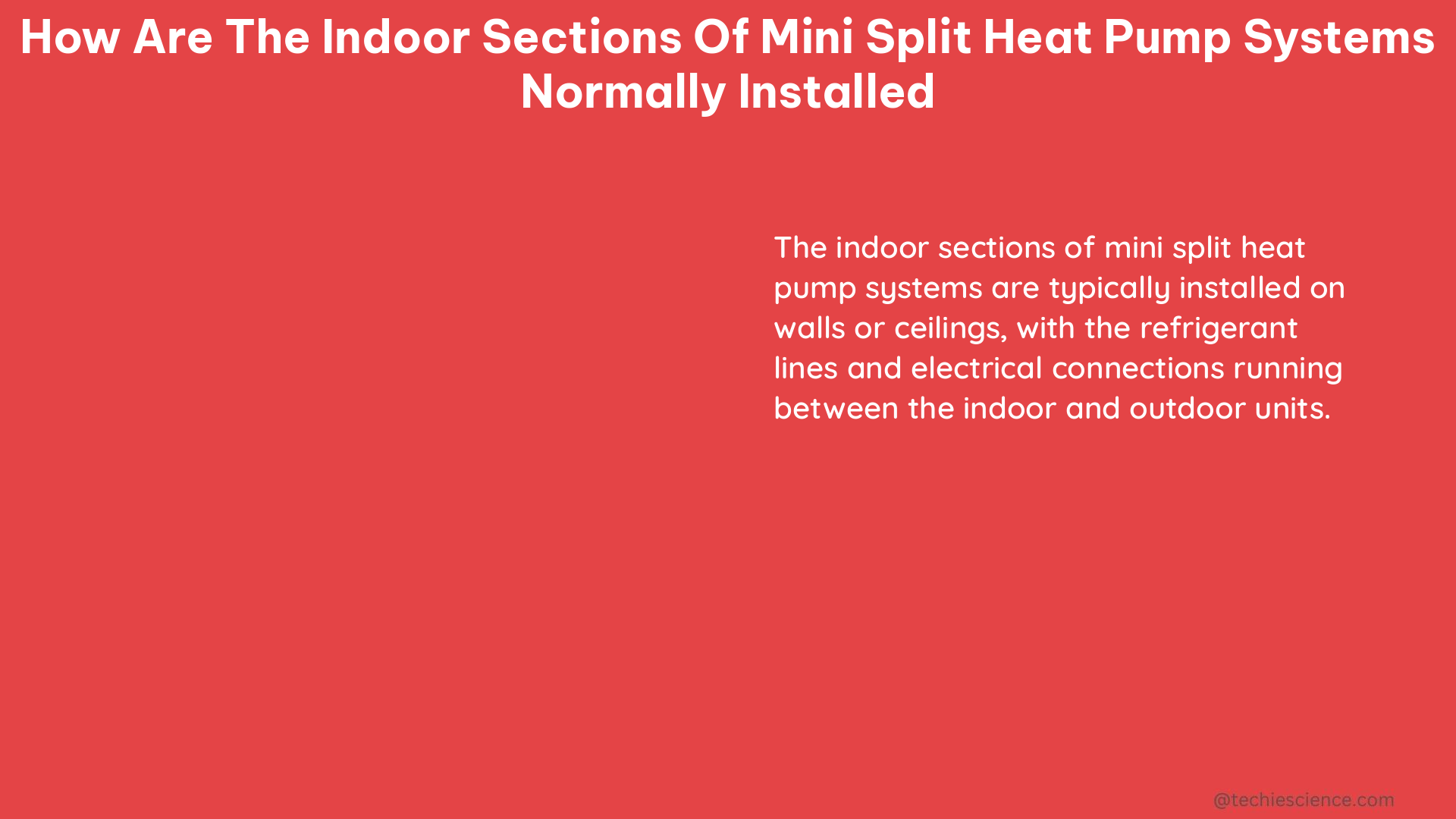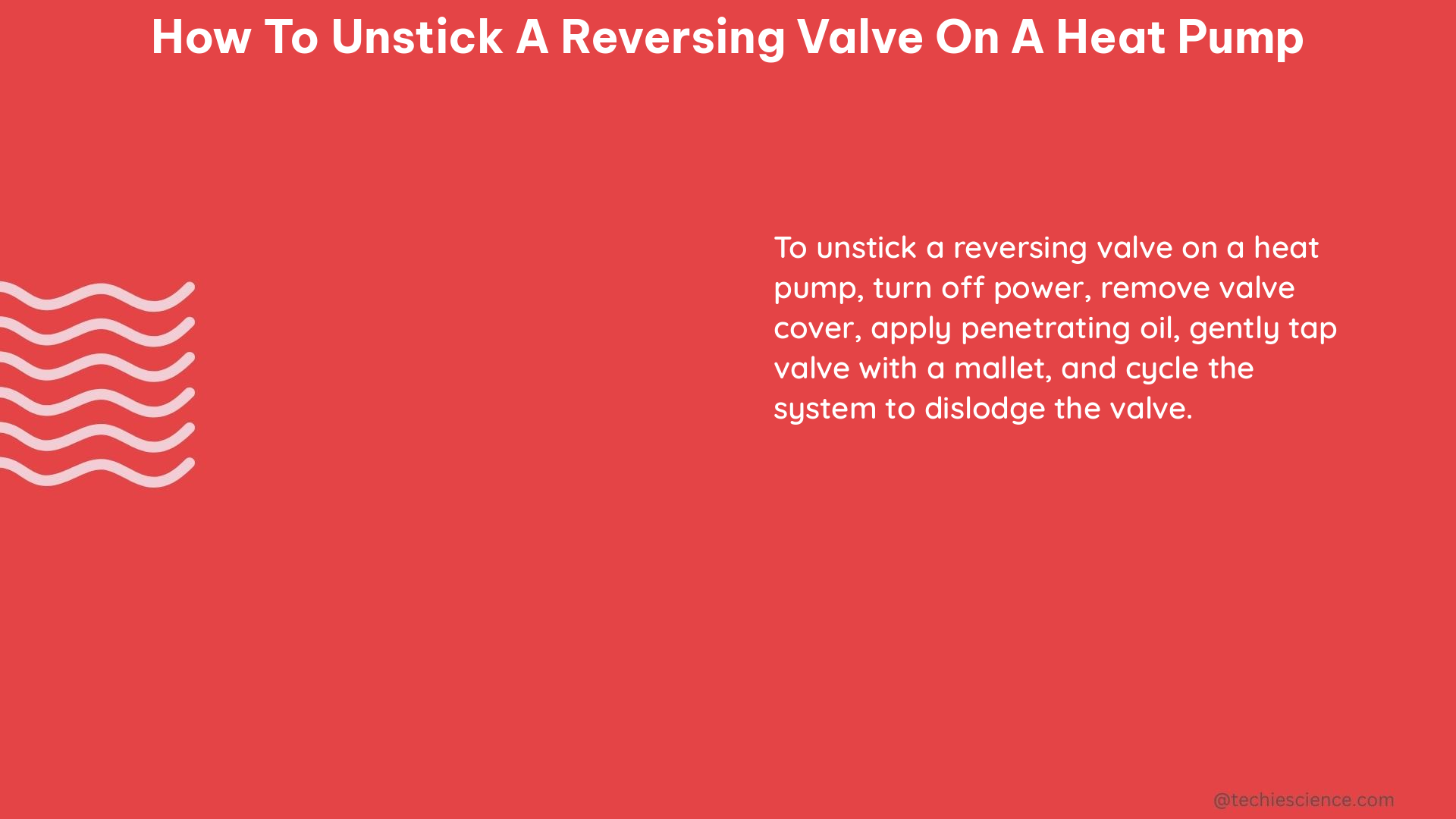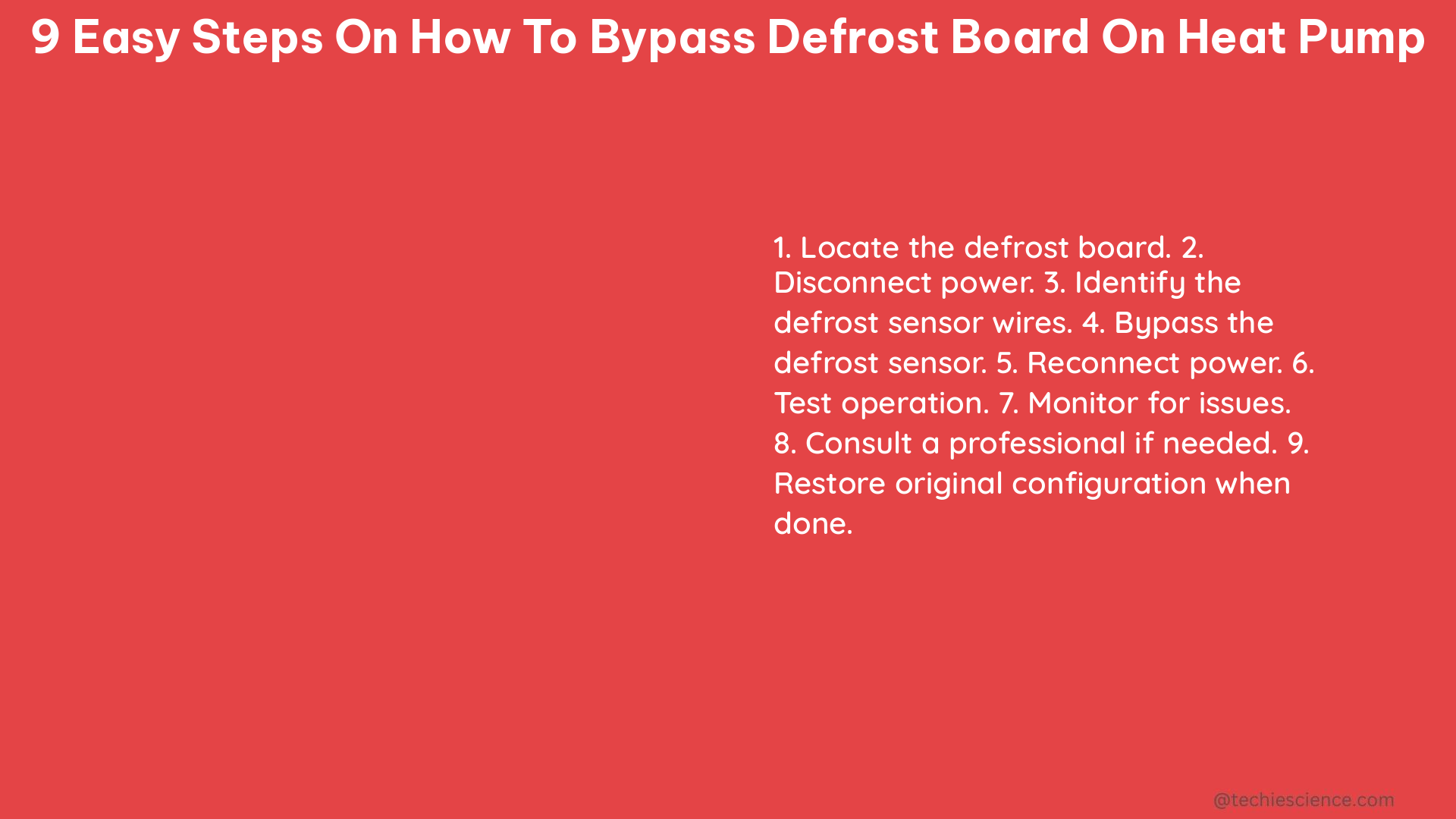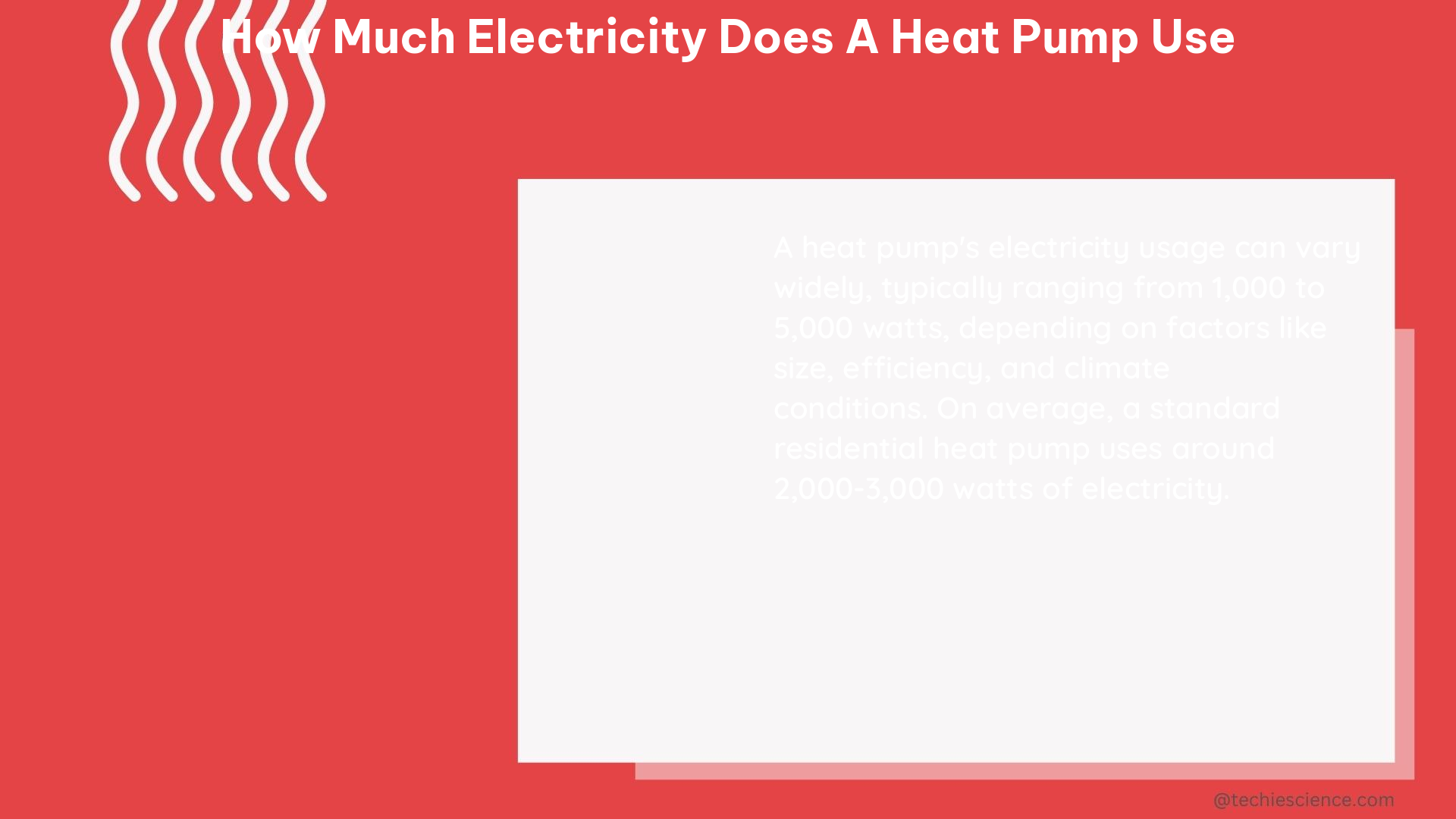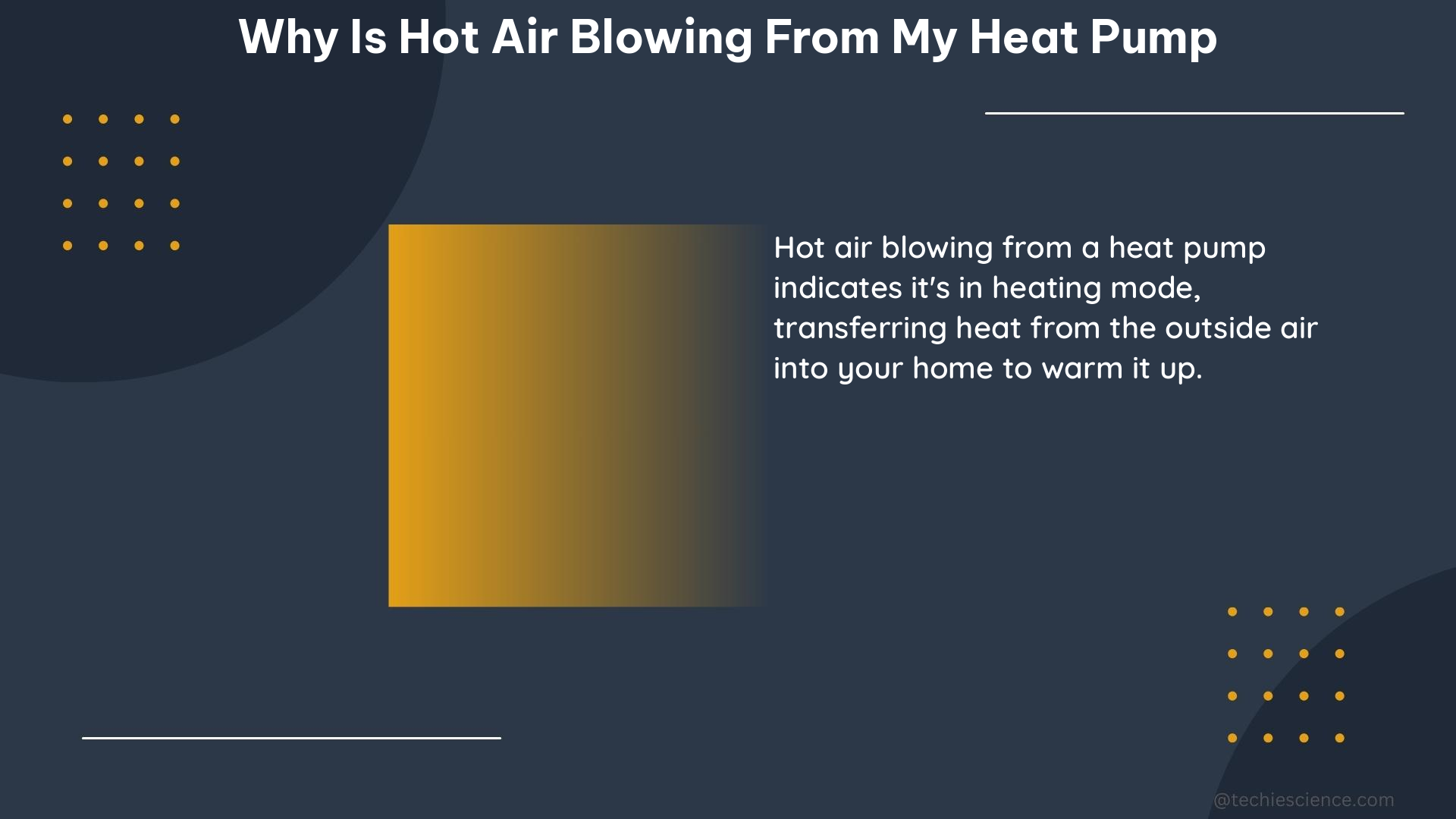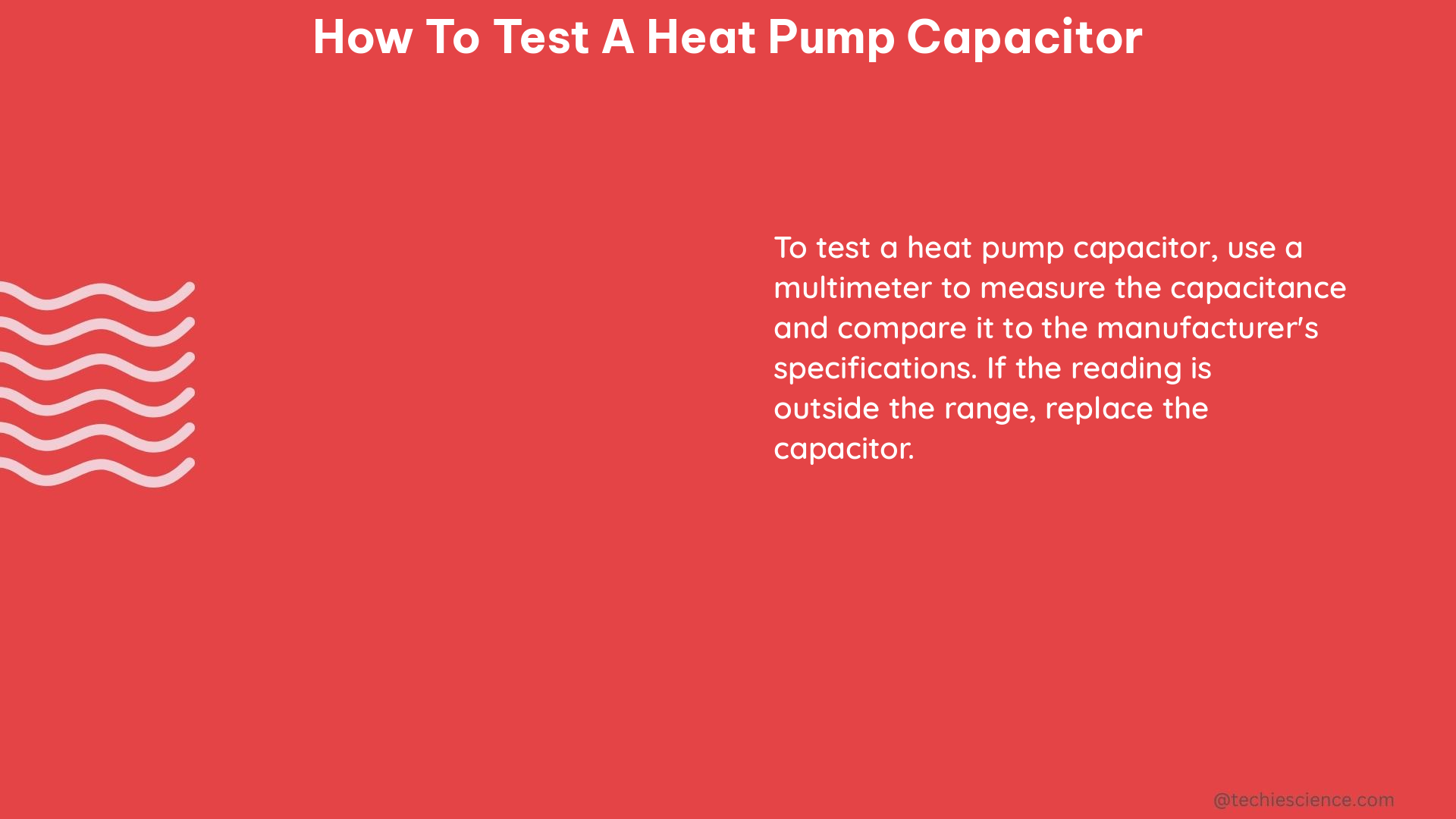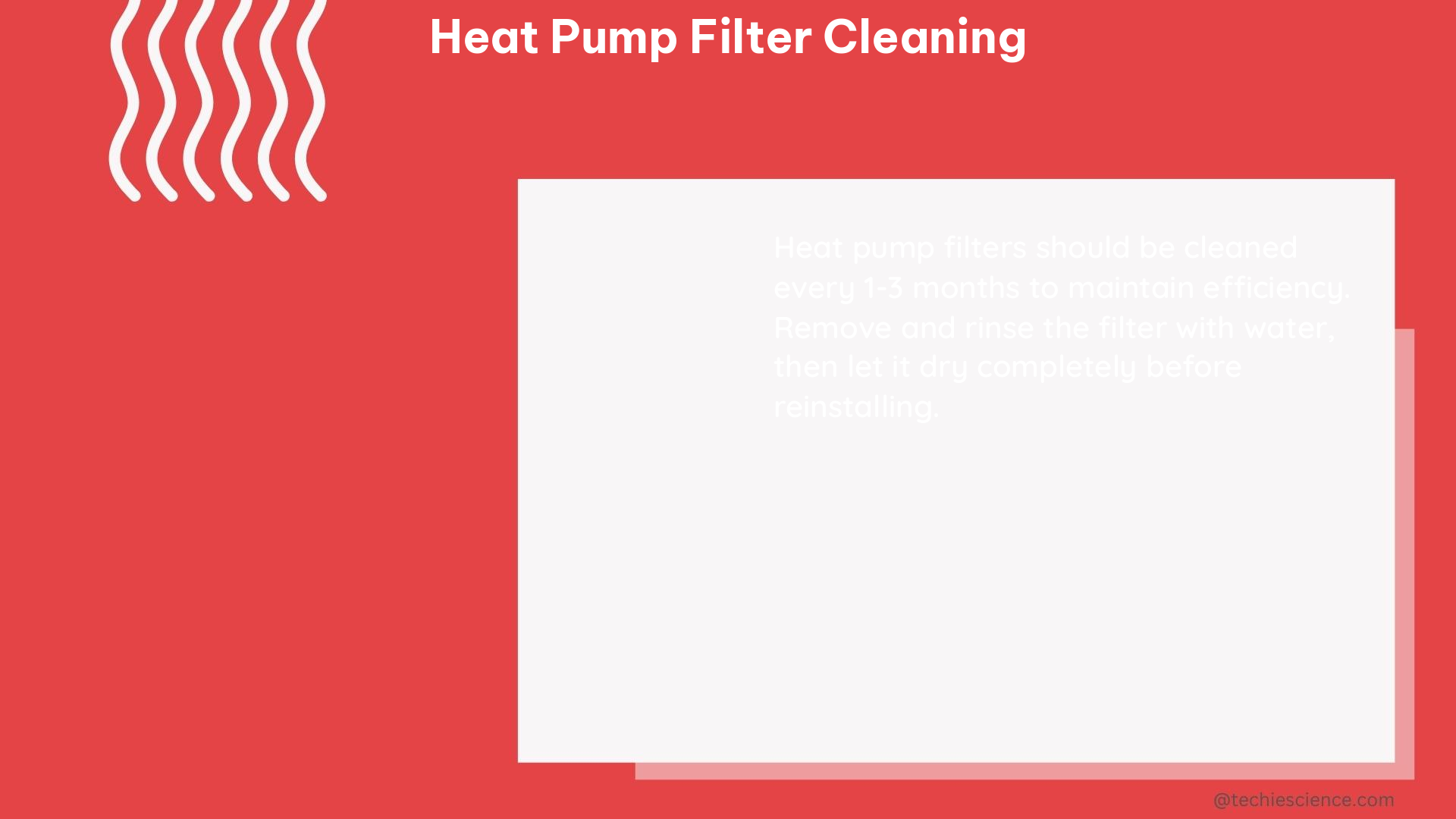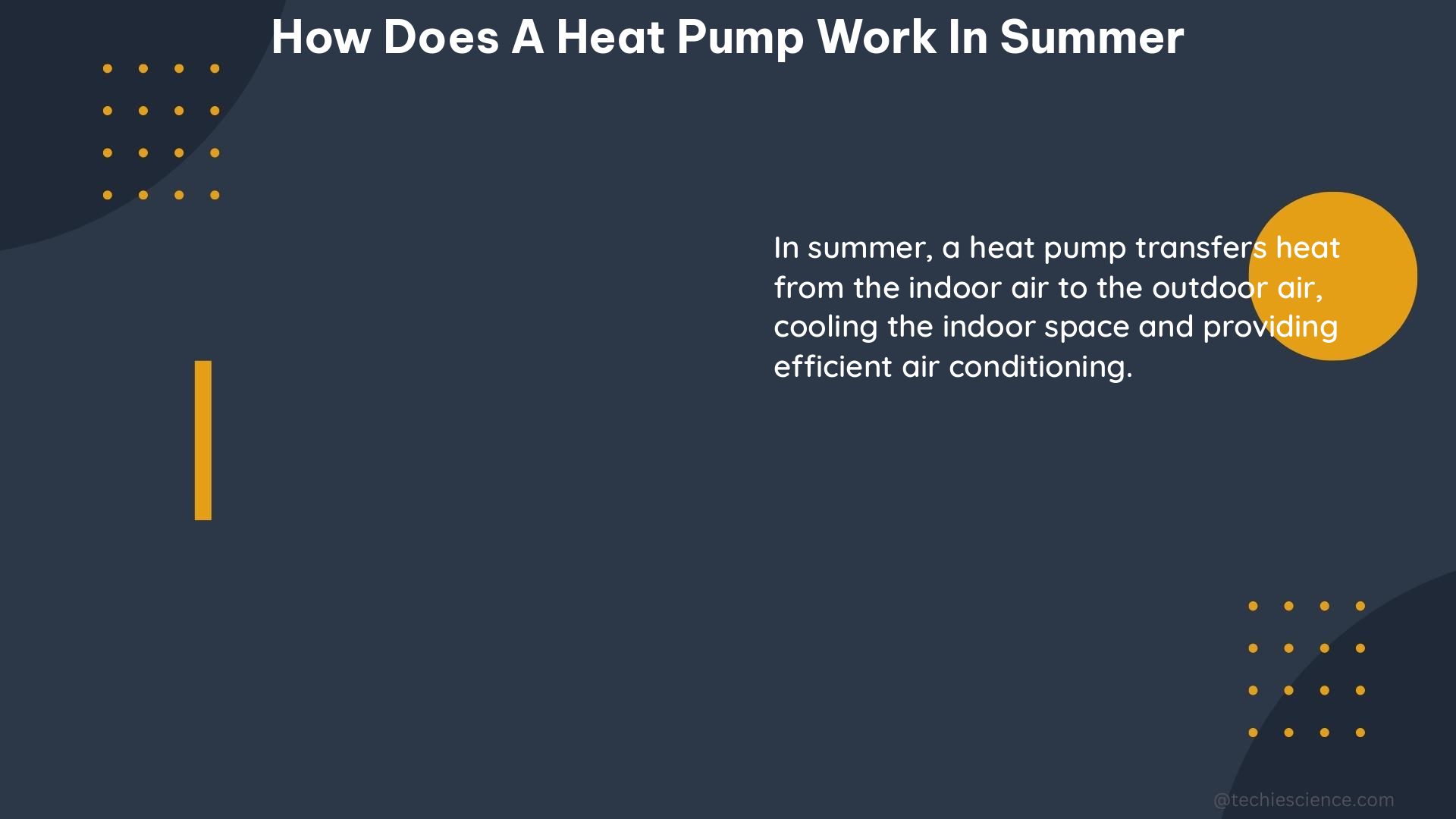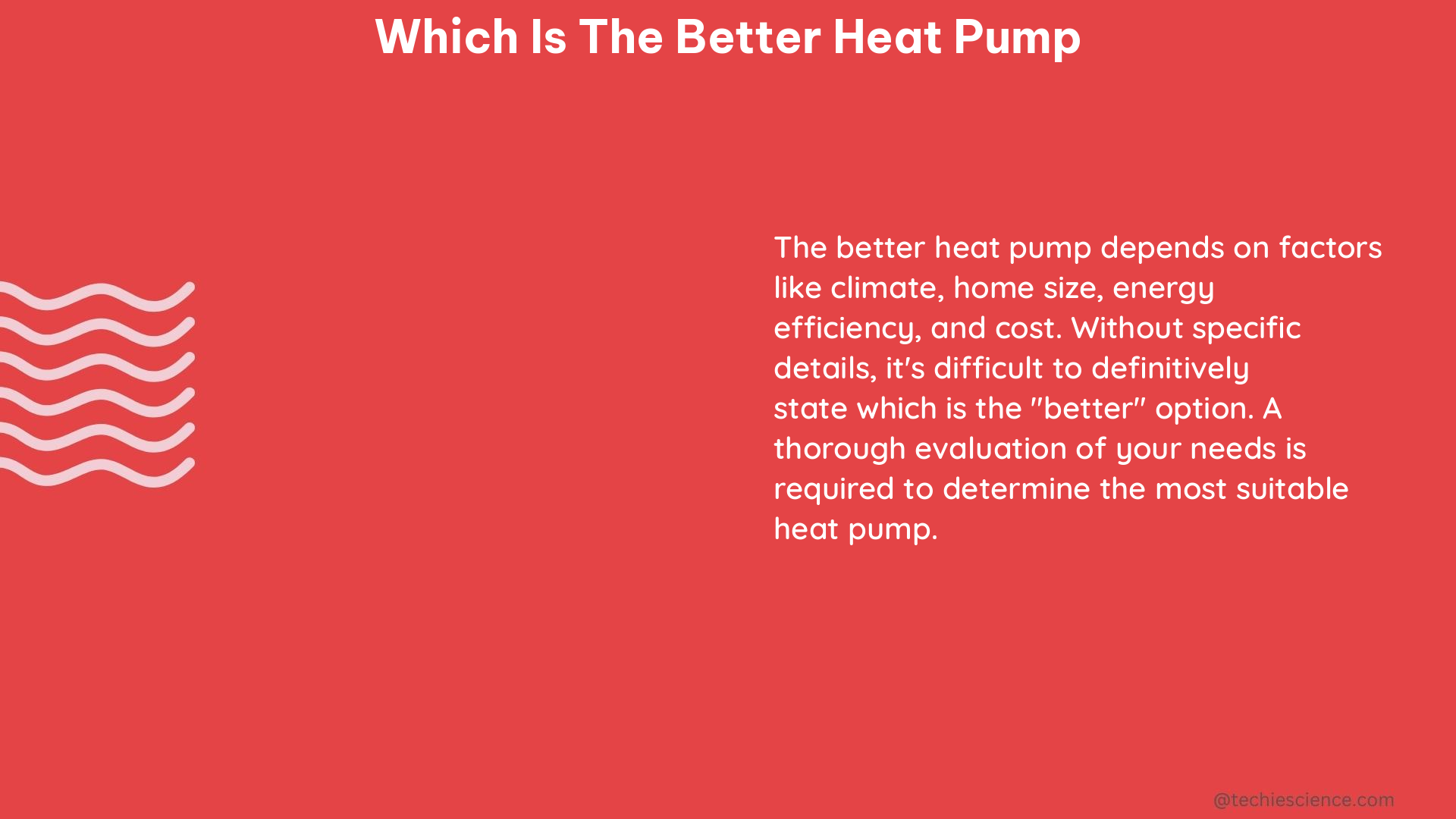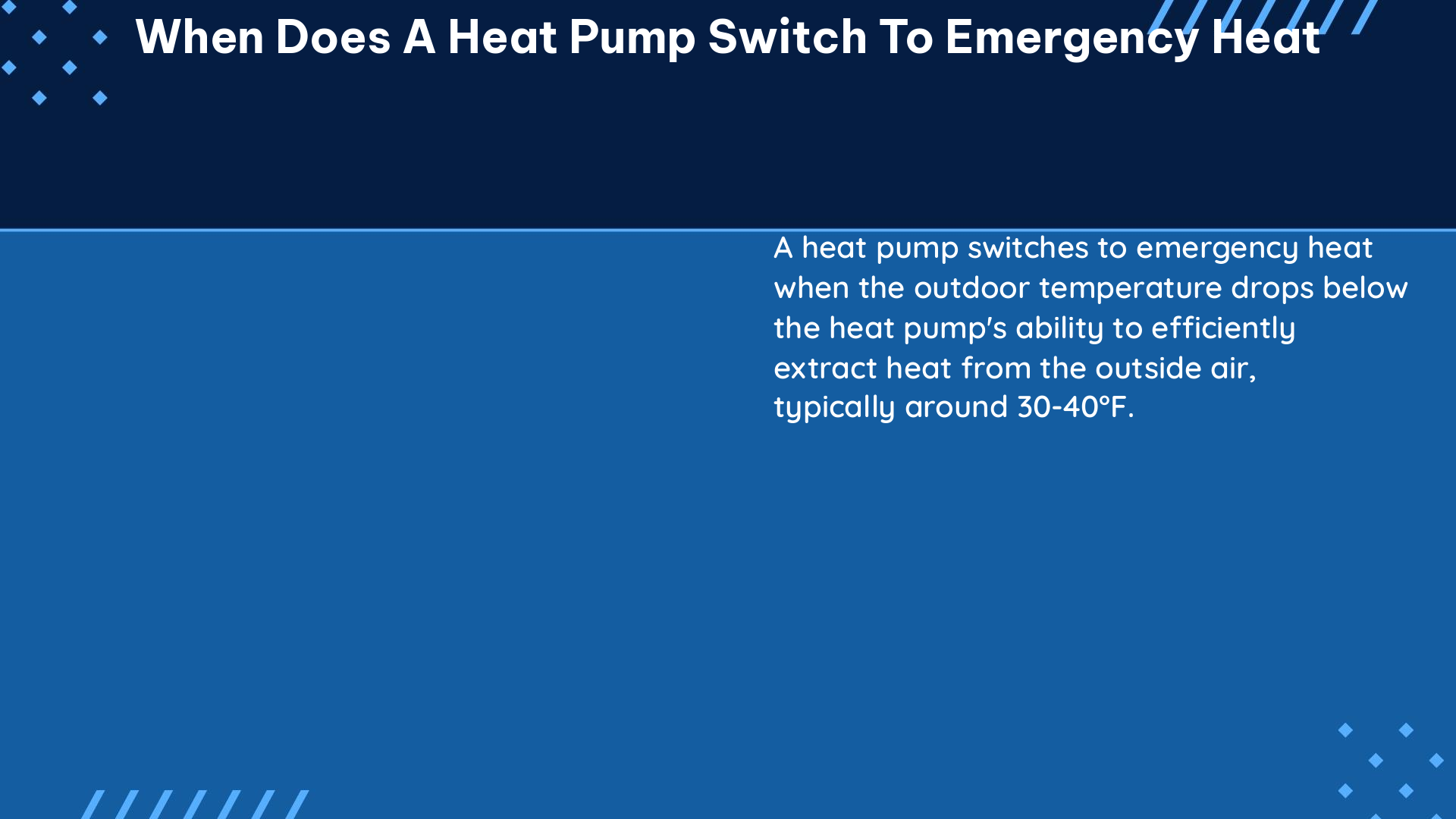When your heat pump is blowing hot air instead of cool air, it can be a frustrating and concerning issue. However, with the right knowledge and tools, you can diagnose and address the problem effectively. In this comprehensive guide, we’ll explore the common causes of hot air blowing from a heat pump and provide you with the necessary data points and hands-on details to help you understand and resolve the issue.
Broken Heat Pump Reversing Valve
One of the most common reasons for hot air blowing from a heat pump is a faulty reversing valve. The reversing valve is responsible for switching the direction of the refrigerant flow, allowing the heat pump to operate in both heating and cooling modes. When the reversing valve malfunctions, it can cause the heat pump to blow hot air even when it’s set to cool mode.
To diagnose a broken reversing valve, HVAC technicians can measure the pressure difference across the valve. A healthy reversing valve should have a pressure difference of around 25-40 PSI when the unit is in cooling mode. If the pressure difference is significantly lower or higher, it could indicate a problem with the valve.
Technicians can also use a multimeter to check the resistance of the reversing valve’s solenoid. The solenoid should have a resistance of around 20-30 ohms. If the resistance is outside of this range, it may indicate a faulty solenoid, which would require the replacement of the reversing valve.
Heat Pump Thermostat Problem

Incorrect thermostat settings or a faulty thermostat can also cause a heat pump to blow hot air instead of cool air. Homeowners can start by checking the thermostat settings to ensure that the unit is set to cool mode and that the temperature setting is lower than the current room temperature.
If the thermostat settings are correct, the next step is to check the battery level. A low battery can cause the thermostat to malfunction, leading to the heat pump blowing hot air. Homeowners should replace the batteries and see if the issue is resolved.
If the problem persists, HVAC technicians can use a multimeter to measure the voltage and resistance of the thermostat. The thermostat should have a voltage of around 24 volts AC and a resistance of around 1,000-5,000 ohms, depending on the specific model. If the voltage or resistance is outside of these ranges, it may indicate a faulty thermostat that needs to be replaced.
Heat Pump Refrigerant Loss
Insufficient refrigerant levels can also cause a heat pump to blow hot air. When the refrigerant level is low, the heat pump’s efficiency decreases, and it may not be able to effectively cool the air.
To diagnose a refrigerant issue, HVAC technicians will use a set of gauges to measure the refrigerant pressure in the system. The suction line pressure should be around 50-70 PSI, and the discharge line pressure should be around 200-300 PSI, depending on the outdoor temperature and other factors.
If the refrigerant levels are low, the technician will need to locate and repair any leaks in the system. They can use an electronic leak detector to identify the source of the leak. Once the leak is repaired, the technician will need to recharge the system with the appropriate amount of refrigerant to restore proper operation.
Clogged Air Filter
A dirty or clogged air filter can restrict airflow through the heat pump, causing it to blow hot air instead of cool air. Homeowners can check the air filter and clean or replace it if necessary.
To determine if the air filter is the issue, homeowners can measure the pressure drop across the filter. A clean air filter should have a pressure drop of less than 0.5 inches of water column. If the pressure drop is significantly higher, it indicates that the filter is clogged and needs to be replaced.
When replacing the air filter, it’s important to choose the correct size and type for your heat pump model. Using the wrong filter can further restrict airflow and exacerbate the problem.
Dirty Outdoor Coil
The outdoor coil of a heat pump is responsible for dissipating heat from the refrigerant. If the outdoor coil is dirty or obstructed, it can reduce the heat pump’s efficiency and cause it to blow hot air.
HVAC technicians can diagnose a dirty outdoor coil by measuring the temperature difference between the air entering and leaving the coil. A clean outdoor coil should have a temperature difference of at least 15 degrees Fahrenheit. If the temperature difference is significantly lower, it indicates that the coil is dirty and needs to be cleaned.
To clean the outdoor coil, technicians will typically use a coil cleaning solution and a soft-bristle brush to remove any dirt, debris, or buildup. They may also need to straighten any bent fins on the coil to improve airflow.
Advanced Troubleshooting Techniques
For HVAC technicians, diagnosing and fixing a heat pump that is blowing hot air in cool mode requires a deep understanding of the system’s components and their functions. In addition to the techniques mentioned above, technicians may also use the following advanced troubleshooting methods:
-
Refrigerant Charge Verification: Technicians can use a refrigerant charging scale to accurately measure the amount of refrigerant in the system and compare it to the manufacturer’s specifications. This can help identify any issues with the refrigerant charge.
-
Compressor Testing: Technicians can use a multimeter to test the compressor’s voltage, amperage, and resistance to ensure that it is functioning correctly. A faulty compressor can cause the heat pump to blow hot air.
-
Airflow Measurement: Technicians can use an anemometer to measure the airflow at various points in the ductwork and the heat pump itself. Insufficient airflow can contribute to the heat pump blowing hot air.
-
Electrical Component Checks: Technicians can use a multimeter to check the voltage and resistance of various electrical components, such as the contactors, capacitors, and control boards, to identify any issues that may be causing the heat pump to malfunction.
By combining these advanced troubleshooting techniques with the data points and hands-on details provided earlier, HVAC technicians can accurately diagnose and fix a heat pump that is blowing hot air in cool mode, ensuring that the system is operating efficiently and effectively.
References:
– Why is My Heat Pump Blowing Hot Air on the Cool Setting?
– Heat Pump Blowing Hot Air in Cool Mode
– Heat Pump Blowing Hot Air in Cool Mode

